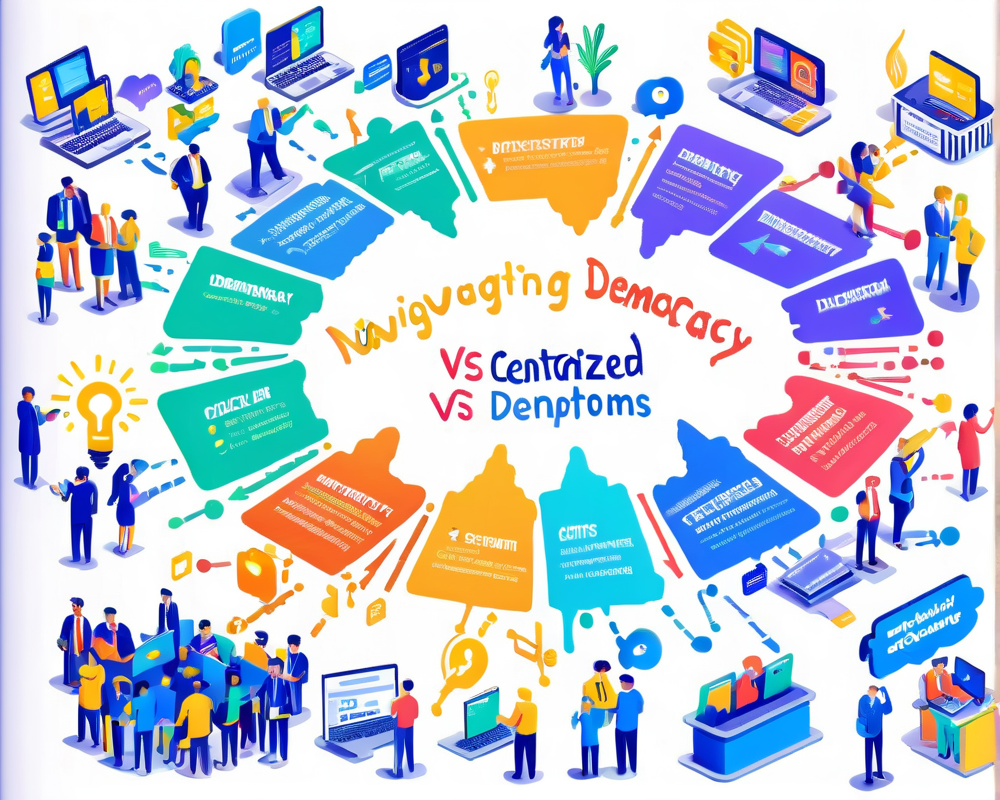Understanding the Regulatory Landscape for AI in Ukraine
On October 7, Ukraine’s Ministry of Digital Transformation embarked on a significant journey by unveiling its regulatory roadmap for artificial intelligence (AI). This move comes as the government aims to align itself with international standards, particularly the European Union’s AI Act. The roadmap, published on the ministry’s website, isn’t just another set of bureaucratic papers; it’s a proactive step towards ensuring that local businesses are equipped to embrace AI responsibly.
A Bottom-Up Approach to AI Regulation
The roadmap emphasizes a bottom-up strategy when it comes to regulatory development. This means that instead of imposing rules from the top down, the ministry plans to work collaboratively with local businesses. According to Deputy Minister Oleksandr Borniakov, the focus will be on helping companies meet expected legal requirements incrementally.
- Voluntary codes of conduct will be promoted, encouraging ethical AI practices.
- A White Paper will be developed, explaining the timelines and steps for implementing regulations.
This progressive approach is refreshing! It recognizes that fostering a culture of self-regulation can lead to greater compliance and innovation in the AI landscape.
Timeline for Regulatory Adaptation
The roadmap outlines a preliminary period for companies to adapt, which is set to span the next two to three years. Businesses are encouraged to start preparing now to ensure a smoother transition when regulations are eventually enacted. This is a call to action similar to preparing for winter—everyone knows it’s coming, so why not stock up on firewood (or in this case, learn about compliance) early?
What’s on the Horizon: Draft Legislation
As part of this strategic plan, the Ukrainian government anticipates presenting a draft of its AI legislation in 2024. However, to synchronize efforts with the EU’s AI Act, it won’t be released until after the EU regulations are put into effect. It’s like waiting for your friend to show up before you start the party—timing is everything!
Looking to Europe: Lessons and Restrictions
The EU AI Act is particularly relevant as it lays down certain prohibitions on specific AI technologies. For instance, biometric surveillance and social scoring systems will be banned outright, along with restrictive measures on predictive policing and untargeted facial recognition. Generative AI models, such as those developed by major tech firms, will still be permitted, provided their outputs are properly labeled. This ensures transparency and helps mitigate risks associated with misuse.
Ukraine’s plans signal a responsible and informed approach to AI governance, marking a necessary evolution in understanding and managing technology’s potential. It’s the kind of regulatory foresight that suggests Ukraine is gearing up to not just follow but potentially lead in tech innovation responsibly.




